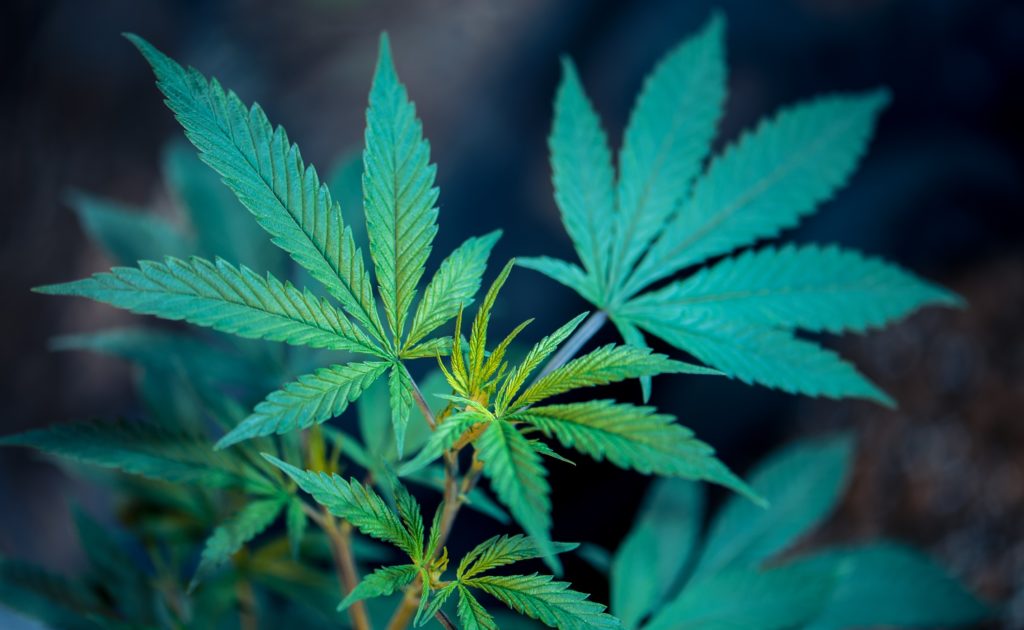The pot stock boom is about to bust
October 17 may be the beginning of the end for high-flying cannabis stocks
Advertisement
October 17 may be the beginning of the end for high-flying cannabis stocks

RELATED: A $130,000 TFSA pumped high on energy and weed stocks
Share this article Share on Facebook Share on Twitter Share on Linkedin Share on Reddit Share on Email